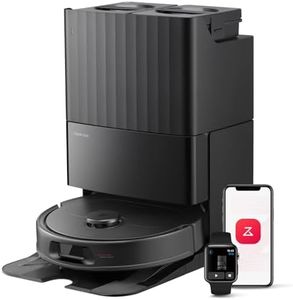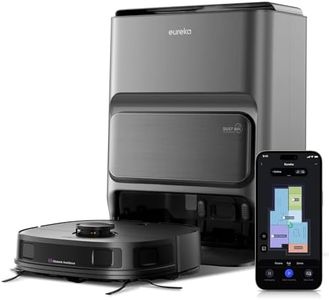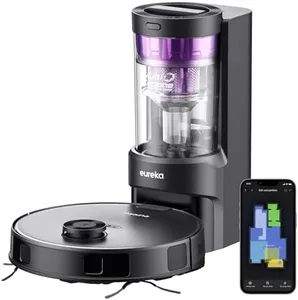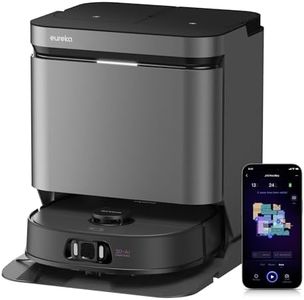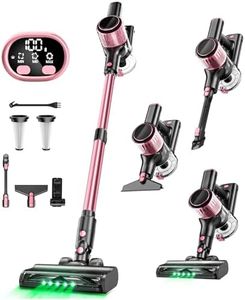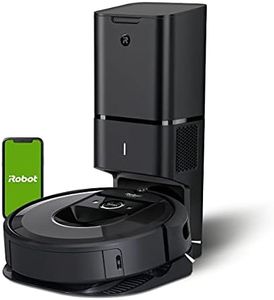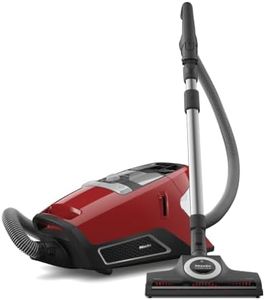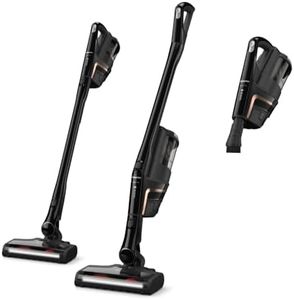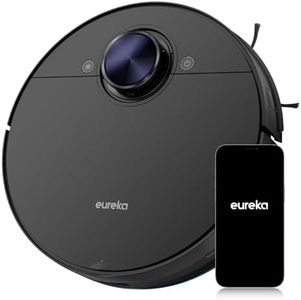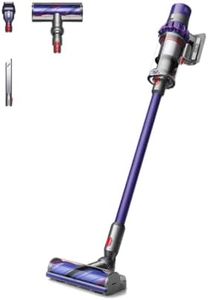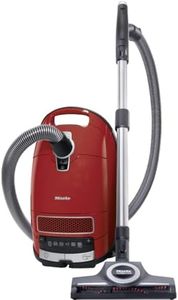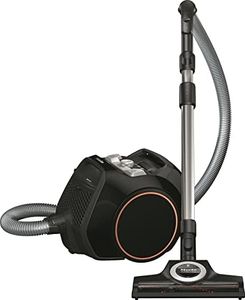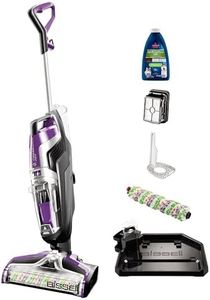We Use CookiesWe use cookies to enhance the security, performance,
functionality and for analytical and promotional activities. By continuing to browse this site you
are agreeing to our privacy policy
10 Best Pet Hair Vacuums
From leading brands and best sellers available on the web.Buying Guide for the Best Pet Hair Vacuums
When choosing a vacuum to tackle pet hair, it's important to focus on the specific features that make cleaning up after furry companions easier and more effective. With pet hair being notorious for embedding into carpets, upholstery, and crevices, a regular vacuum might not be sufficient. The key is to look for specs that are designed for powerful pickup, effective filtration, and ease of use on different surfaces. Thinking about the size and type of your pets, the flooring in your home, and any allergy concerns will help you make the best choice.Suction PowerSuction power refers to how strongly a vacuum can draw in dirt and debris, which is crucial for removing pet hair that can get deeply embedded in carpets and upholstery. Higher suction is especially effective for thick carpet and larger homes with heavy shedding pets, while lower suction may suffice for hard floors or lighter shedding animals. More powerful suctions are measured with higher air watts or kilopascals; if you have many pets or lots of carpet, go for a vacuum with strong suction.
Brush Roll TypeThe brush roll is the rotating brush at the vacuum head that agitates and loosens dirt and pet hair. Some vacuums have specialized brush rolls designed to pick up pet hair effectively without getting tangled, which is important if you have long-haired pets. There are self-cleaning, tangle-free, or interchangeable brush rolls, so if you notice pet hair wrapping around your current vacuum’s brush, consider a tangle-free model. For mostly hard floors, soft or switchable brushes can prevent scratches.
Filtration SystemA good filtration system, often featuring HEPA filters, traps small particles and allergens that come from pet dander and dust, keeping the air in your home cleaner. For homes with allergy sufferers, look for a vacuum with a sealed HEPA filter system, which captures and contains nearly all allergens. If allergies are less of a concern, standard filters may be sufficient, but keep in mind that better filters mean less pet smell and finer dust circulating back into the air.
Included AttachmentsVacuums for pet hair often come with special attachments such as motorized brush heads, crevice tools, or upholstery nozzles. These tools make it easier to clean hair from furniture, stairs, and tight spaces where pet hair loves to hide. If most pet hair accumulates on your furniture or car seats, prioritize vacuums with a mini motorized tool or rubberized pet hair brushes.
Weight and ManeuverabilityThe weight and maneuverability of a vacuum determine how easy it is to use around the house, especially for multi-level homes or frequent spot-cleaning. Lightweight and swivel-headed models are better for homes with stairs and lots of furniture, making cleanup less tiring. For larger open spaces or if you don’t need to carry the vacuum often, a heavier, more robust vacuum might be acceptable.
Bagged vs. BaglessBagged vacuums collect hair and dirt in a disposable bag, making them easier to empty without releasing dust back into the air, which is ideal for allergy sufferers. Bagless models use a dust bin that you empty and reuse, cutting recurring costs but possibly exposing you to more dust when emptying. Choose a type that matches your sensitivity to allergens and how often you’re willing to replace bags or clean bins.
Noise LevelPet-specific vacuums can vary in noise, which may matter if your pets are nervous or you prefer a quieter home environment. Quieter models tend to be better for homes with pets sensitive to sound, while noisier but more powerful models may get the job done faster. If noise is important, look for manufacturer specifications or user reviews describing the vacuum’s sound.
